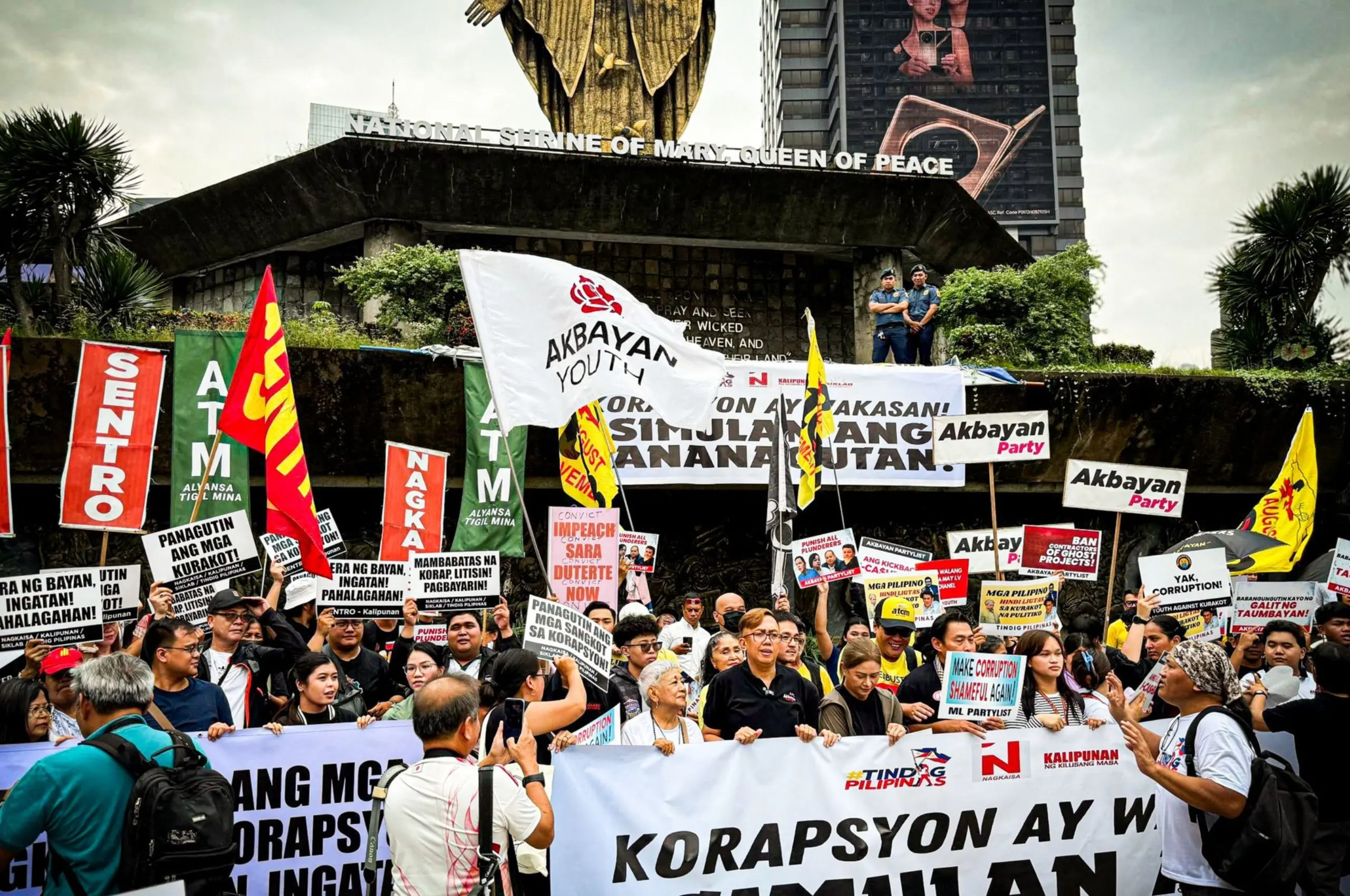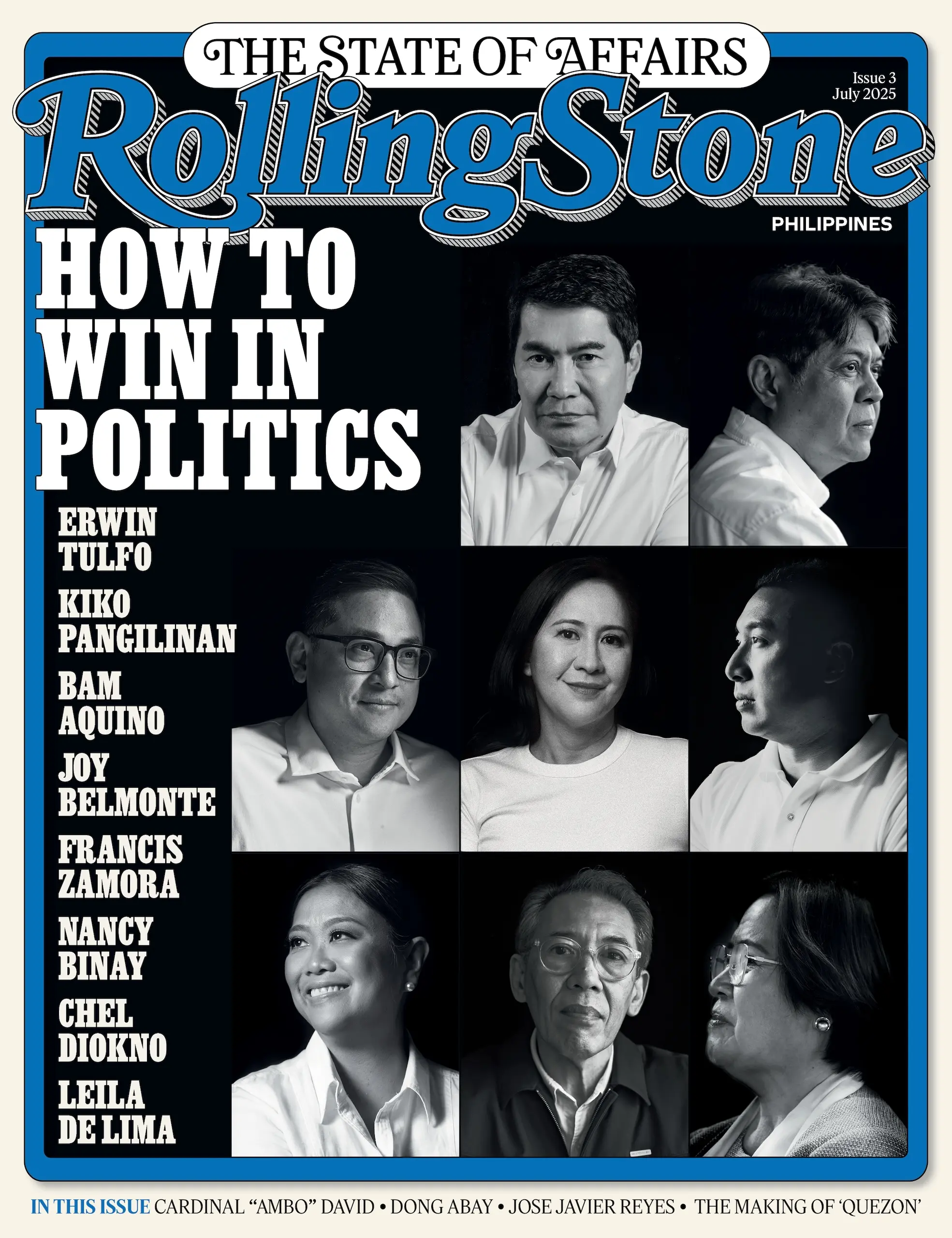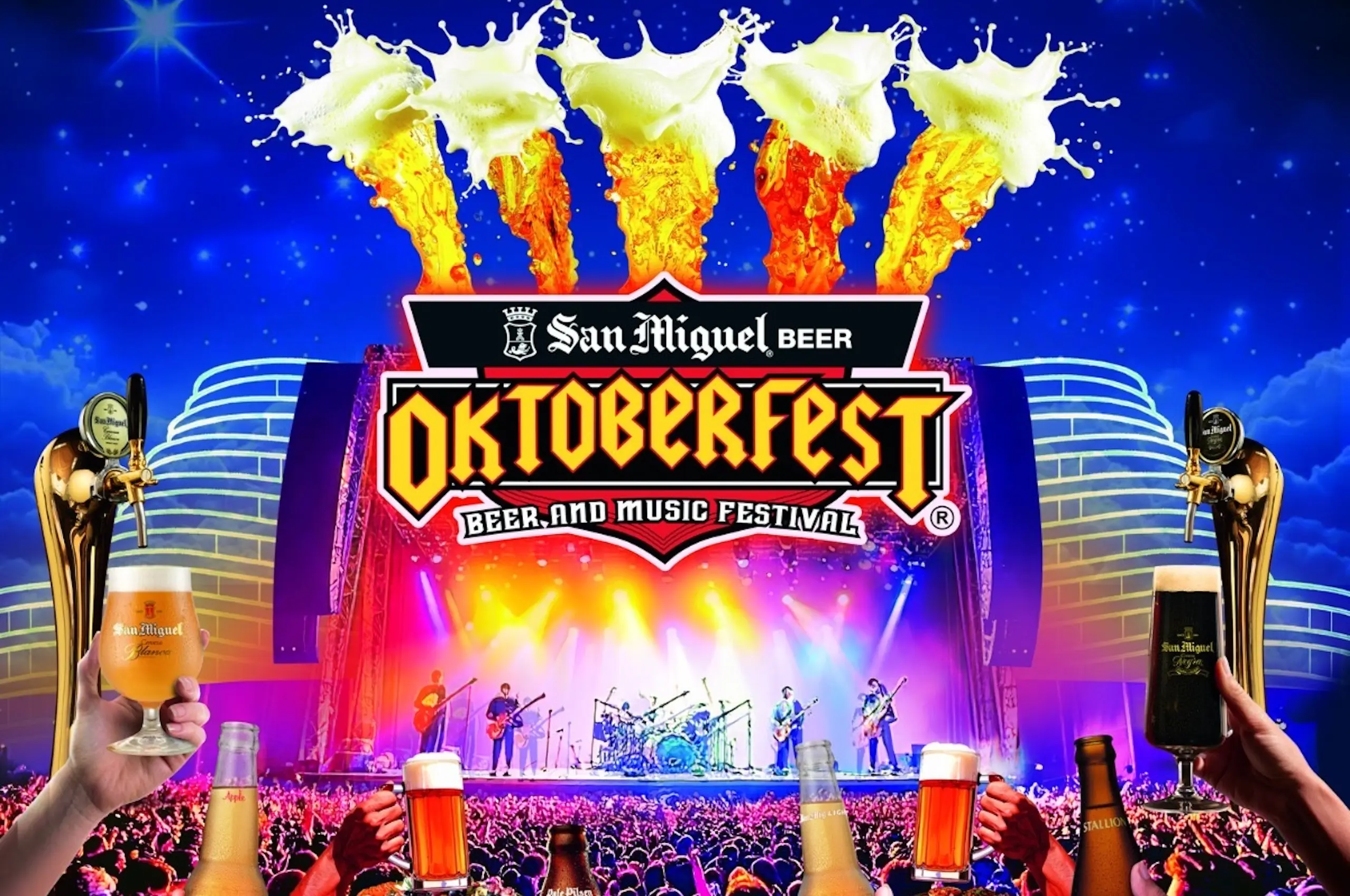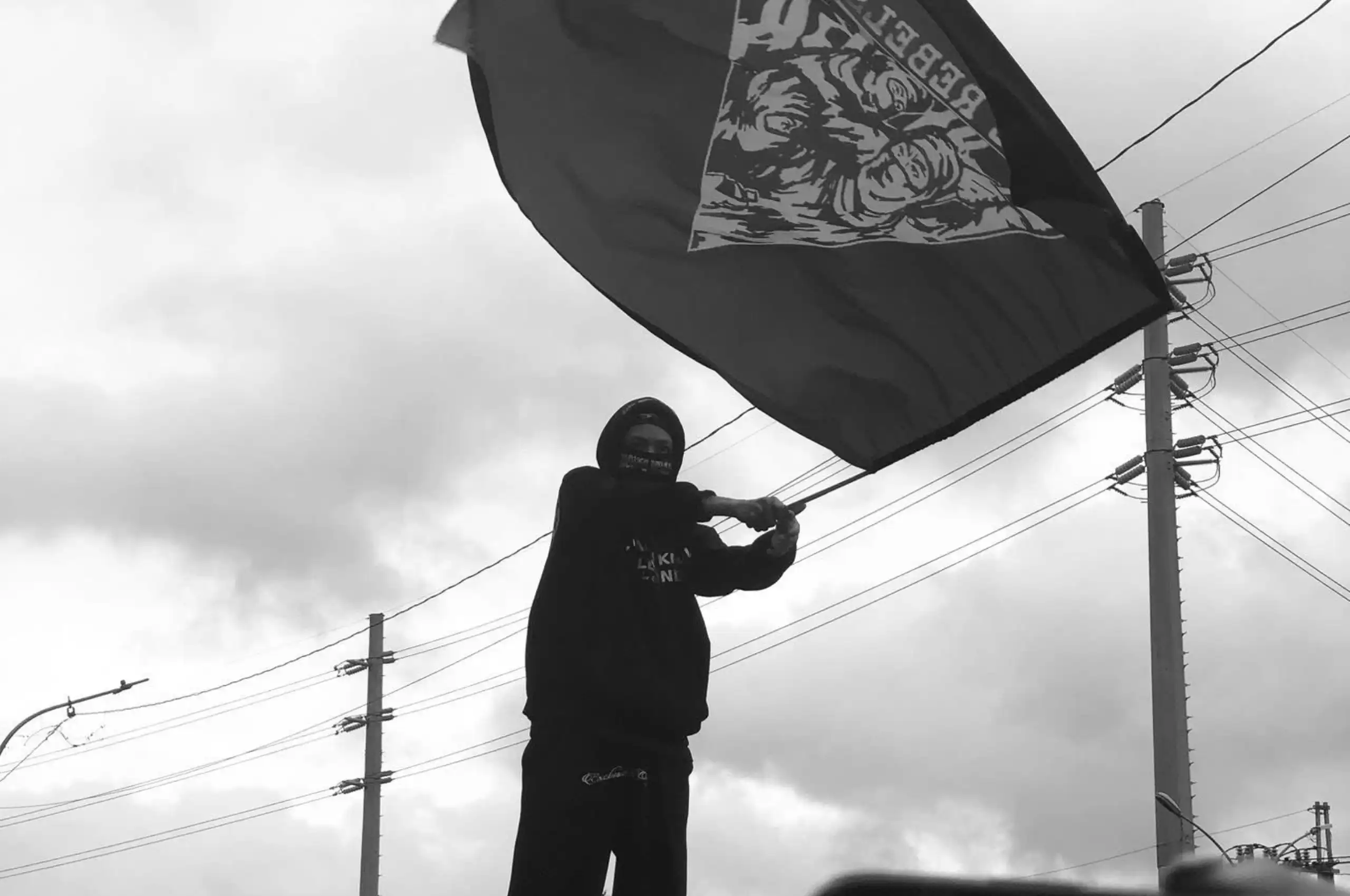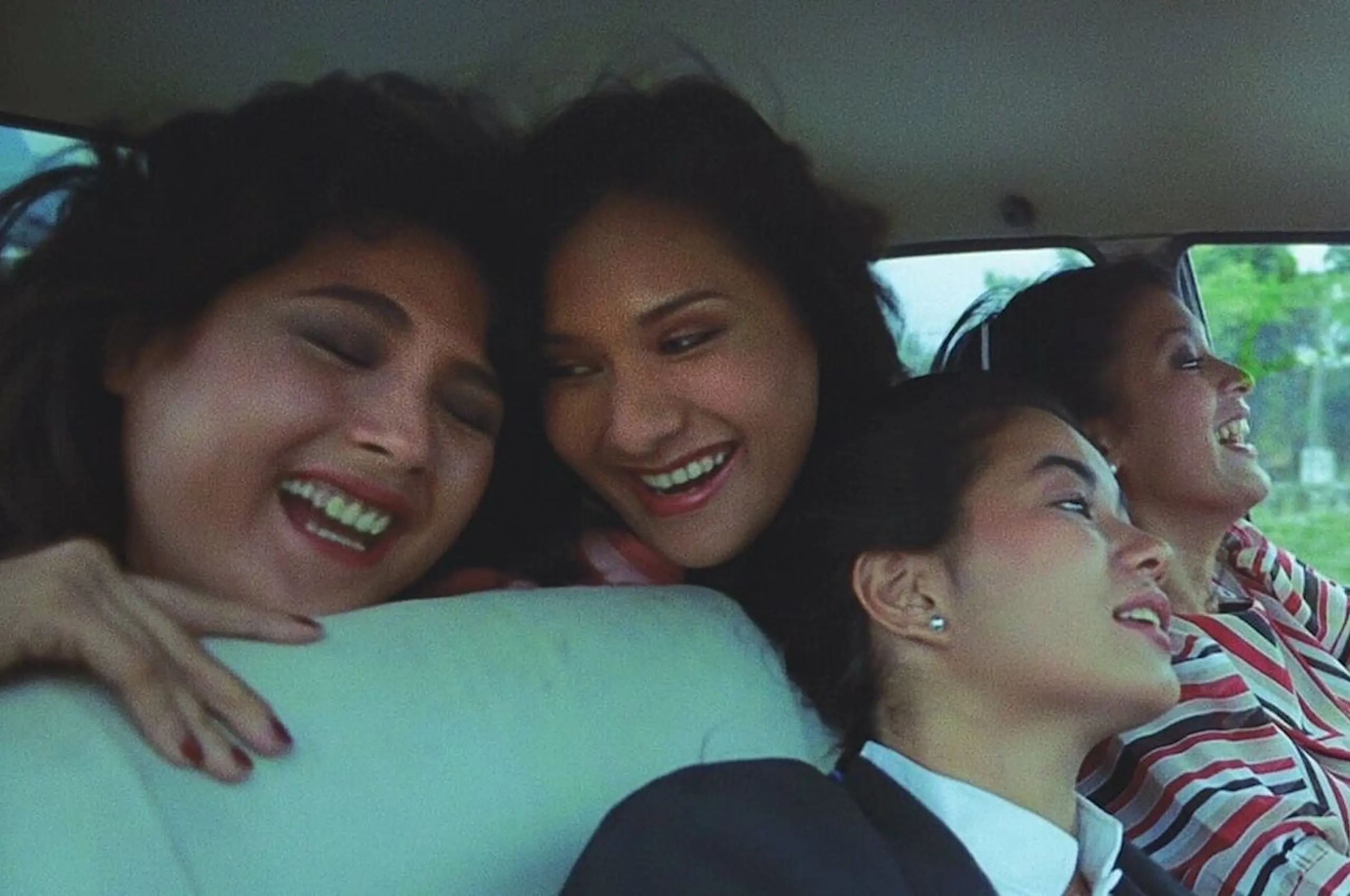Several civil organizations have announced protests on September 21 at Rizal Park, also called Luneta Park, in Manila and EDSA in Quezon City as public outrage over the flood control scandal intensifies by the day. The date marks the 53rd anniversary of the declaration of martial law by dictator Ferdinand Marcos Sr., father of the current President Ferdinand “Bongbong” Marcos Jr.
EDSA has been the site of several mobilizations, but Rizal Park has also seen its share of large protests in the past. Days before the People Power Revolution at EDSA in February 1986, people gathered at the park to protest the win of Marcos Sr. in the snap elections against Corazon Aquino. According to The Philippine Star, the crowd at what is now called the “Tagumpay ng Bayan Rally” was estimated to be around two million people.
In August 2013, hundreds of thousands of Filipinos gathered at the park to call for the abolition of the pork barrel system, prompted by anger over the Priority Development Assistance Fund (PDAF) scam. The rally, largely organized on social media, was called the “Million People March.”
12 years later, it becomes the site of yet another rally against longstanding corrupt practices in the government.
The upcoming mobilizations do not have a set name yet, but eager netizens are calling the rallies on the 21st “EDSA 3,” a follow-up to the second People Power Revolution that overthrew Joseph “Erap” Estrada from the presidency in January 2001. There is a lesser-known “EDSA 3” that took place in May that year, and which sought to put him back in power. As history would have it, the pro-Estrada riots did not work.
Today’s calls to gather come as smaller protests continue to crop up across the country, which have largely demanded accountability from the Department of Public Works and Highways (DPWH), contractors, lawmakers, as well as Marcos Jr. and Vice President Sara Duterte.
But maybe the netizens have it wrong. Past EDSA revolutions marked the end of political crises, but with investigations only having started in August and graft complaints being filed just now, it looks like we’re nowhere near the end of our flood control-related woes. Instead, the recent slew of rallies is reminiscent of the First Quarter Storm.
First Steps
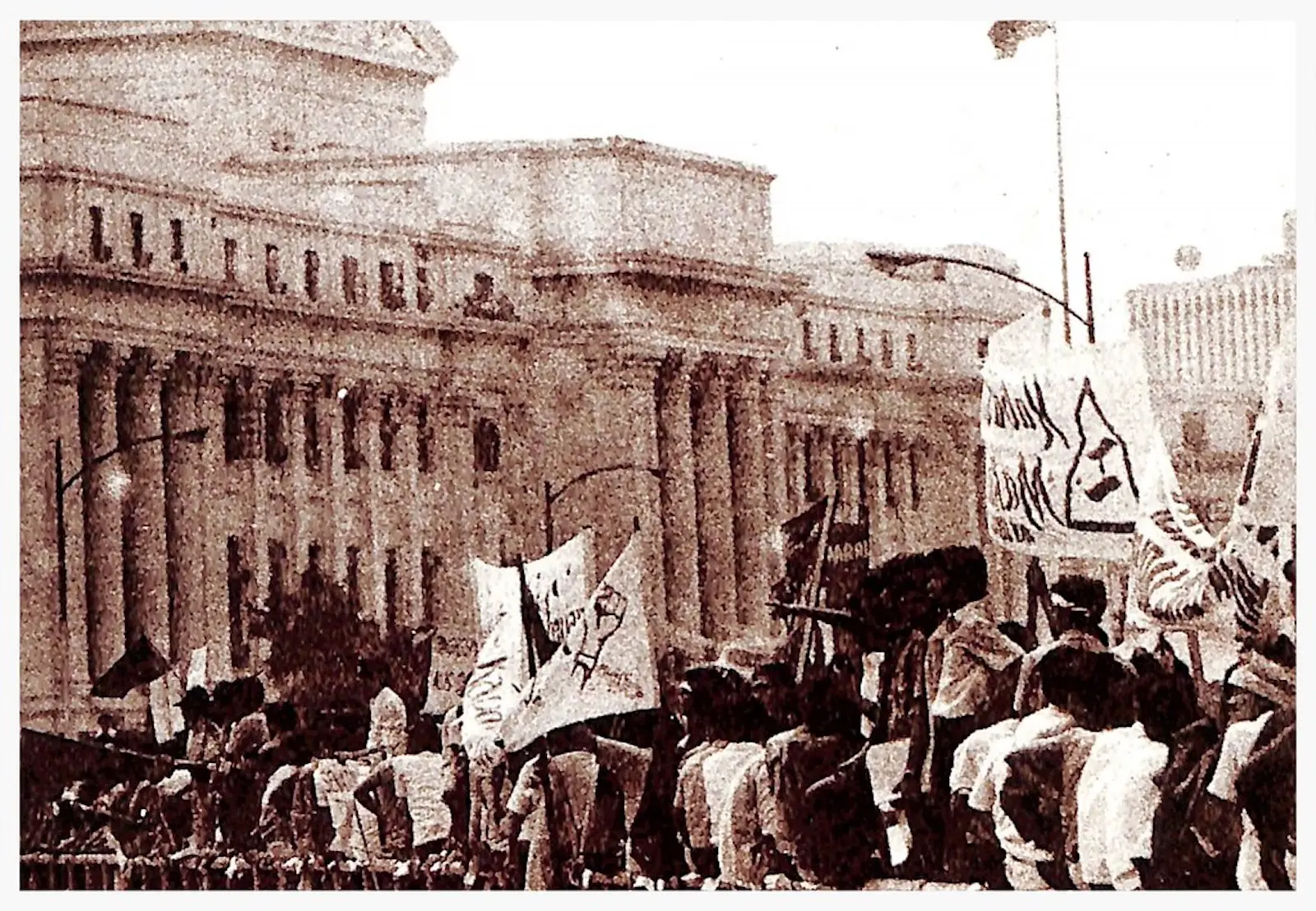
The First Quarter Storm was a series of protests and riots led primarily by student organizations from January to March of 1970, two years before martial law was declared. The demonstrations were triggered by Marcos Sr.’s re-election as president in the previous year, after a first term that was already marred by inflation, income inequality, and corruption.
Students were not alone in the fray. Protesting groups were multi-sectoral, ranging from moderates and liberals to radical leftists, from church organizations to labor unions. Of course, the groups had their differences.
Jose F. Lacaba recounted that student leaders fought over the microphone during the January 26 protest, the first in the First Quarter Storm, with “moderate” National Union of Students of the Philippines President Edgar “Edjop” Jopson hesitating to give the mic to more “radical” Gary Olivar of the Samahang Demokratiko ng Kabataan. Jopson was afraid that Olivar would “inflame” the rally and cause violence, former student activist Rodel Rodis explained in an Inquirer.net column.
Nonetheless, the groups attended the same rallies and inspired many other protests across the country afterwards, united by a shared frustration with the government. They eventually saw the EDSA Revolution that toppled the Marcos dictatorship years later.
The present opposition has much to learn from the long, bloody history of the people’s movement, especially with regard to forming a broad united front. This doesn’t mean protesters now have to wait 16 years just for a culminating EDSA revolution. But it does mean that the rallies next Sunday cannot be the last if we really want to see this corruption scandal through to the end.
